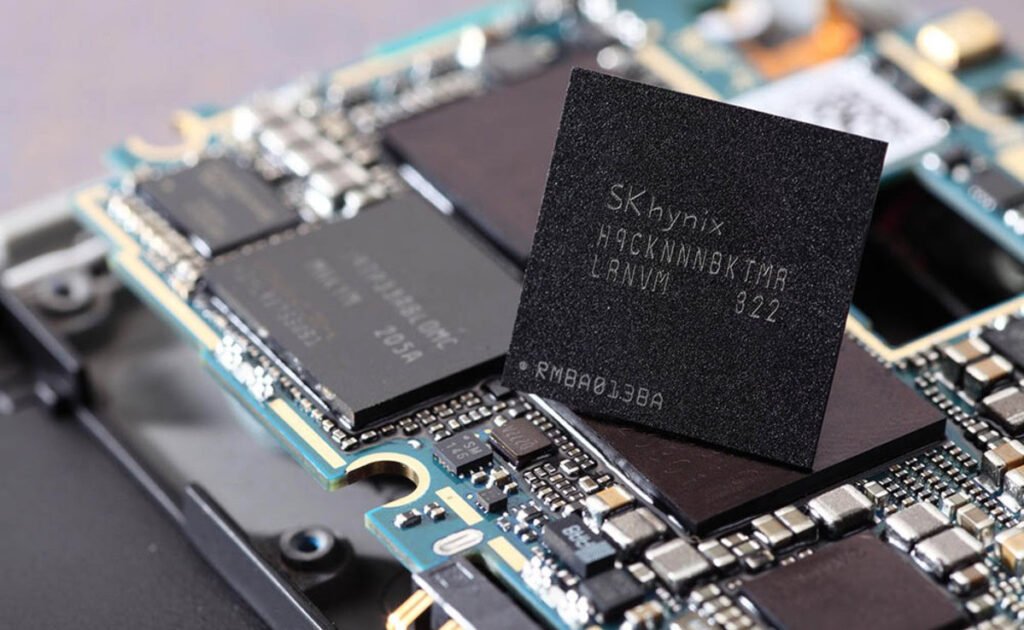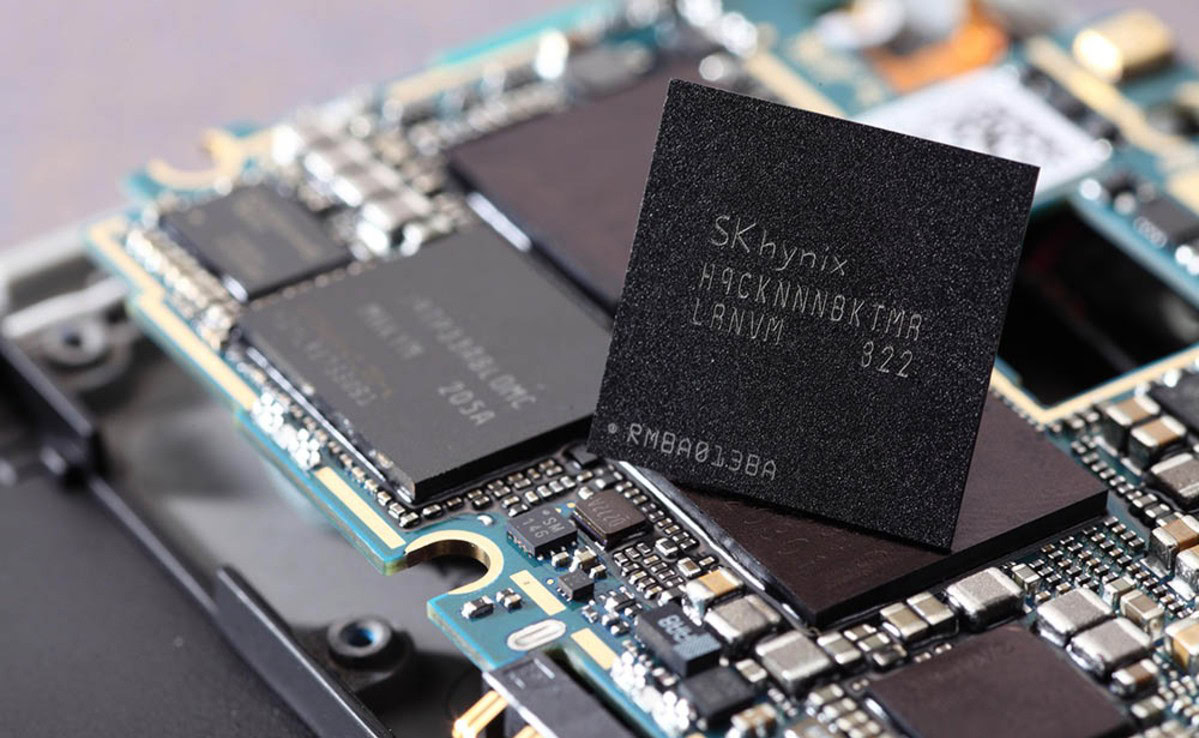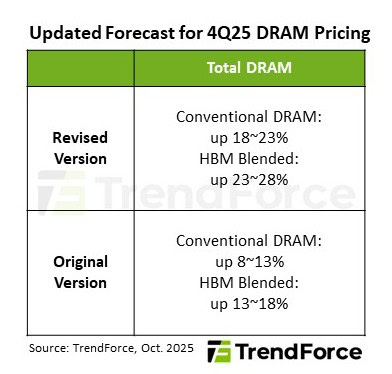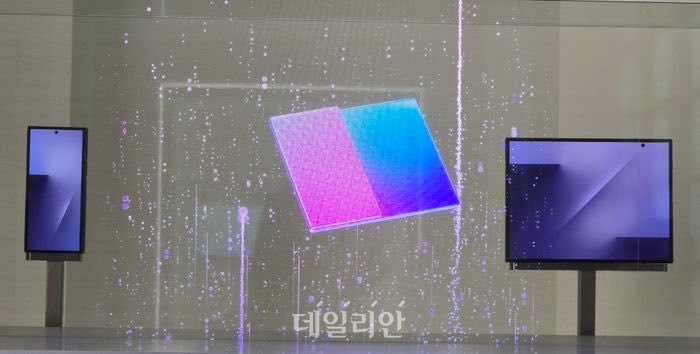

The soaring demand for artificial intelligence is about to hit your wallet in a place you might not expect: your phone’s RAM. We typically focus on the price of components like the main processor. Every so often we get news about increasingly expensive Snapdragon chips, for example. However, the cost of the RAM memory used in our phones is set to skyrocket, creating a headache for every major manufacturer.
The reason is a heated tech market conflict for raw production capacity between high-performance AI servers and your pocket-sized device.
The AI tax: Why flagship smartphone prices will increase in 2026
The culprit behind this price surge is High Bandwidth Memory (HBM). HBM is the powerful, specialized RAM essential for feeding massive AI models in data centers. Demand for HBM is showing no sign of slowing, and since HBM consumes a large amount of the available silicon, it is swallowing up the wafer capacity needed for conventional server memory (DDR5). Also the memory used in your phone: LPDDR5x.
LPDDR5x is the high-performance, low-power RAM/memory required by modern flagship phones. Because it competes with HBM for the same production resources, this imbalance is causing chaos in the mobile supply chain.
According to a new report from market research firm TrendForce, this structural supply shortage is deepening. TrendForce has dramatically revised its forecast for general DRAM pricing—which includes LPDDR5x—for the end of 2025. Now they expect growth of 18–23%, up from an earlier forecast of 8–13%.

The unexpected market flip
Here is where the memory market takes an unexpected turn. Initially, HBM was far more profitable for suppliers, commanding a price premium four times higher than DDR5. However, as the HBM market becomes more competitive and server demand for standard DDR5 remains robust, that gap is shrinking fast.
TrendForce predicts that by the first quarter of 2026, the profitability of standard DDR5 will actually surpass that of HBM3e. When this happens, manufacturers may shift production resources away from HBM to secure earnings from DDR5. This might eventually stabilize the HBM market. But it means the price pressure on LPDDR5x will remain high well into 2026.
Manufacturers are already sounding the alarm. Lu Weibing, president of Xiaomi, recently noted that the rise in storage costs is “much higher than expected and will continue to increase.”
The consumer pays the price
What do rising memory and storage costs mean for you? Smartphone manufacturers operate on extremely thin margins. This is especially true for flagship devices that also include expensive components like cutting-edge camera sensors and high-end 2nm processors.
When the cost of LPDDR5x memory jumps by nearly 20%, manufacturers have few options other than passing that cost along to the consumer. For anyone planning to upgrade their flagship phone next year, the price tag will likely be significantly higher. It seems the AI revolution will make our future smartphones a little more expensive.
The post AI Memory Demand to Force Higher Smartphone Prices in 2026 appeared first on Android Headlines.


